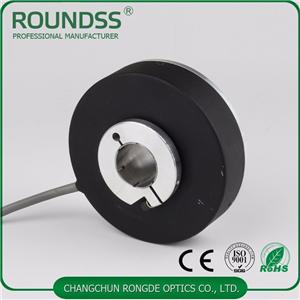- 홈
- >
- 뉴스
- >
- Industry News
- >
- What is the role of the DC brushless motor controller, encoder and driver?
What is the role of the DC brushless motor controller, encoder and driver?
The DC brushless motor controller includes a power conversion circuit, a microcontroller (single chip or DSP or other processor), and a signal input and output circuit. The controller stores a working program of the controller, which can accurately control and detect DC. The position sensor of the motor controls the motor effectively (such as motor start stop, speed control, direction control, displacement control) to control the dynamic real-time monitoring and effectively protect the motor. It solves the problem that the motor cannot be dynamically monitored in real time, the control is inaccurate and protected. Unreliable technical issues.
An encoder is a device that compiles and converts a signal (such as a bit stream) or data into a form that can be used for communication, transmission, and storage.
The encoder converts an angular displacement or a linear displacement into an electrical signal, the former being called a code wheel and the latter being called a code ruler.
According to the readout mode, the encoder can be divided into contact type and non-contact type; according to the working principle, the encoder can be divided into two types: incremental type and absolute type.
The incremental encoder converts the displacement into a periodic electrical signal, which is then converted into a counting pulse, and the number of pulses is used to represent the magnitude of the displacement.
Each position of the absolute encoder corresponds to a certain digital code, so its indication is only related to the start and end positions of the measurement, regardless of the intermediate process of the measurement.
The driver mainly includes a driving circuit which is a power amplifying circuit, and amplifies the control signal outputted by the controller to drive the motor. In general, the driving circuit also has an overcurrent, overvoltage and undervoltage protection circuit.




